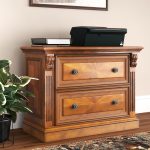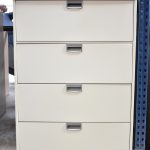Introduction to Office Organization
In the fast-paced world of modern offices, efficiency and organization are key to productivity. An often-overlooked aspect of office organization is the storage and management of documents. Vertical filing cabinets play a crucial role in this regard, offering a practical solution to store and access documents efficiently. By maximizing office space and streamlining document retrieval, these cabinets not only enhance workflow but also contribute to a more organized and productive work environment.
Understanding Vertical Filing Cabinets
Vertical filing cabinets are tall, narrow storage units designed to hold files vertically, typically using hanging file folders or file drawers. Unlike lateral filing cabinets, which store files side by side, vertical cabinets utilize vertical space, making them ideal for offices with limited floor space. They come in various sizes, ranging from compact units suitable for personal offices to larger cabinets that can accommodate extensive file collections for multiple departments. Their design allows for easy categorization and retrieval of documents, promoting systematic organization within the office.
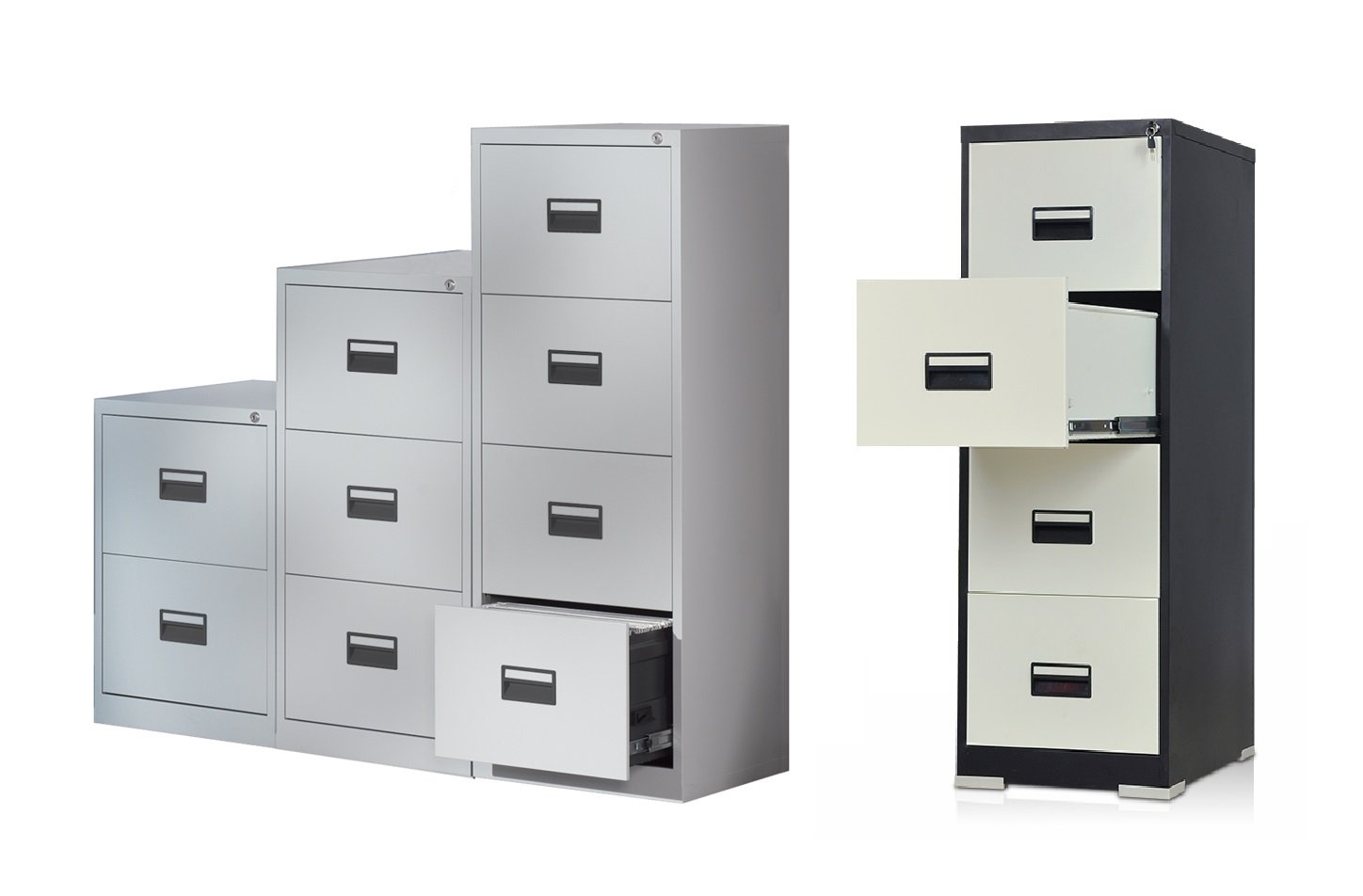
Types of Vertical Filing Cabinets
Vertical filing cabinets are available in different configurations to suit various office needs. Single-drawer cabinets are perfect for personal use or small offices where space is at a premium. They provide a compact solution for storing essential documents within arm’s reach. Multi-drawer cabinets, on the other hand, offer greater storage capacity and are typically used in larger offices or for departments that deal with large volumes of paperwork. These cabinets may feature two to five drawers or more, allowing for systematic organization of files based on departments, projects, or other categorizations.
Materials and Construction
Vertical filing cabinets are constructed from durable materials such as steel, metal alloys, or wood. Steel cabinets are popular for their strength and resilience, offering long-term durability and security for sensitive documents. They often feature reinforced frames and secure locking mechanisms to protect against unauthorized access. Wooden cabinets, while less common in modern offices, provide a classic aesthetic and may be preferred for executive offices or settings where design plays a significant role. The choice of material often depends on factors such as budget, security requirements, and aesthetic preferences.
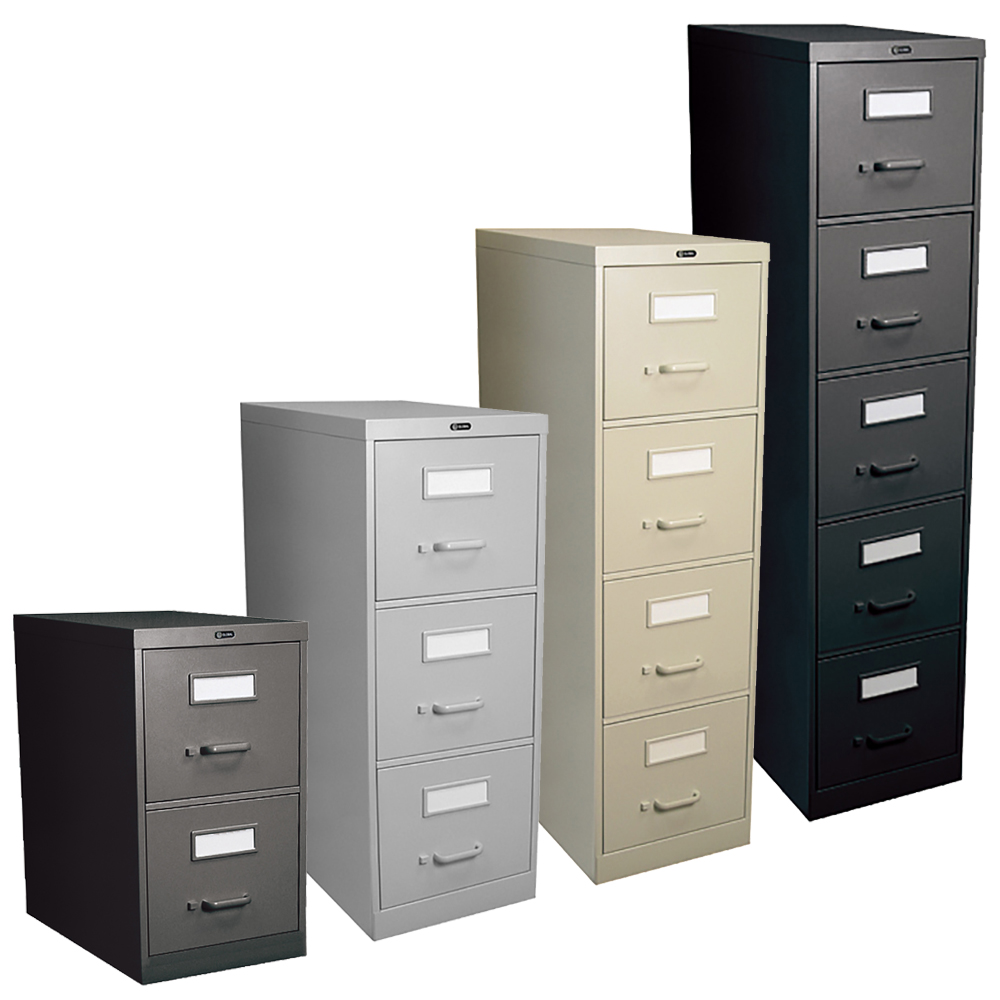
Advantages of Vertical Filing Cabinets
The primary advantage of vertical filing cabinets lies in their efficient use of vertical space. By standing upright, these cabinets occupy minimal floor space while offering ample storage capacity for documents. This vertical orientation makes it easier to integrate them into office layouts without disrupting workflow or creating clutter. Additionally, vertical cabinets facilitate easy access to files, as documents are stored in a front-facing manner within drawers or hanging file folders. This accessibility speeds up document retrieval processes, saving time and improving overall productivity in the office environment.
Enhanced Organization and Accessibility
Effective document organization is essential for maintaining efficiency in any office. Vertical filing cabinets support this by providing a structured approach to file management. Files can be categorized alphabetically, numerically, or by project, ensuring that each document has a designated place. This systematic organization not only reduces the risk of misplaced or lost documents but also enhances workflow by enabling employees to locate needed information quickly. Moreover, the visibility of files in vertical cabinets promotes better inventory management, allowing office administrators to monitor file usage and storage capacity effectively.
Customization Options
To cater to diverse office needs, vertical filing cabinets offer customization options that enhance their functionality. Adjustable file rails or dividers within drawers allow for flexible storage arrangements, accommodating both letter and legal-sized documents as needed. Some cabinets feature additional accessories such as label holders, which facilitate clear labeling of files for easy identification. Locking mechanisms provide security for confidential documents, ensuring compliance with privacy regulations. These customization features empower offices to tailor their storage solutions to specific operational requirements, optimizing both space utilization and document management efficiency.
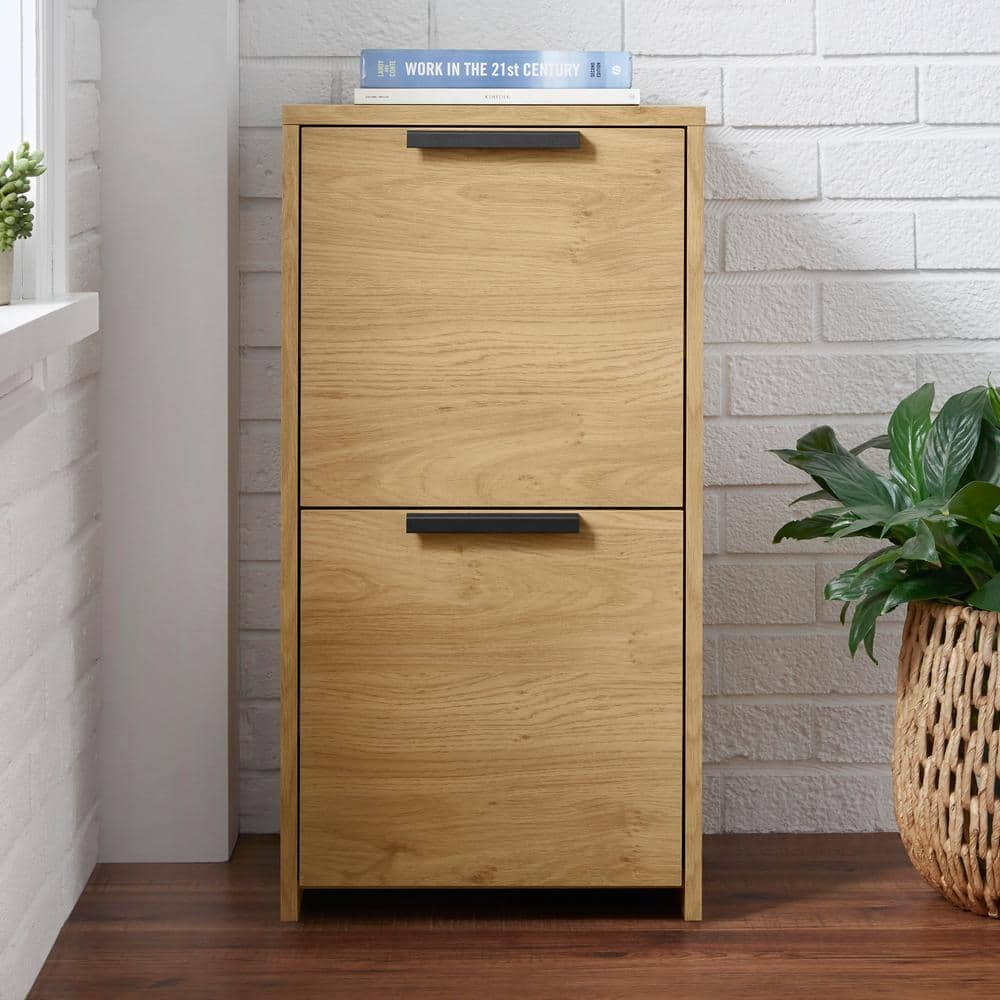
Ergonomic Considerations
Incorporating ergonomic principles into office design is essential for promoting employee health and well-being. Vertical filing cabinets contribute to this by supporting an ergonomic workflow. Their tall design encourages employees to maintain an upright posture while accessing files, reducing strain on the back and shoulders. Drawer handles are typically positioned at ergonomic heights for easy gripping and opening, minimizing repetitive strain injuries. Additionally, the systematic organization promoted by vertical cabinets reduces the need for excessive bending or reaching, further enhancing workplace comfort and productivity.

Integration with Digital Solutions
While physical document storage remains essential, many modern offices are integrating digital solutions to complement their filing systems. Vertical filing cabinets can seamlessly coexist with digital document management platforms, offering a hybrid approach to information storage. Offices can use cabinets to store archived documents that are accessed less frequently, while active or frequently referenced files are managed electronically. This integration not only maximizes office space by reducing the need for excessive filing cabinets but also enhances information accessibility by providing multiple avenues for retrieving documents based on preference or urgency.
Sustainability and Environmental Impact
As businesses increasingly prioritize sustainability, the environmental impact of office furniture choices comes into focus. Vertical filing cabinets made from recycled materials or sustainably sourced wood contribute to eco-friendly office environments. Manufacturers are adopting greener practices, such as using low-VOC paints and coatings, to minimize environmental footprint. Choosing durable cabinets that can withstand years of use reduces the frequency of replacements, further conserving resources. Additionally, proper disposal or recycling of old cabinets ensures responsible end-of-life management, aligning with corporate sustainability goals.

Conclusion: Optimizing Office Efficiency
In conclusion, vertical filing cabinets play a pivotal role in maximizing office space and efficiency through systematic document organization and streamlined workflow. Their vertical design optimizes floor space while offering ample storage capacity for documents of various sizes and types. By promoting accessibility, security, and ergonomic comfort, these cabinets contribute to a productive and well-organized office environment. As businesses evolve and embrace digital solutions, vertical filing cabinets remain integral to maintaining a structured approach to document management. By investing in quality cabinets that align with operational needs and sustainability goals, businesses can achieve lasting benefits in office organization and efficiency. Embrace the advantages of vertical filing cabinets to enhance productivity and elevate your office environment to new heights of efficiency and organization.
